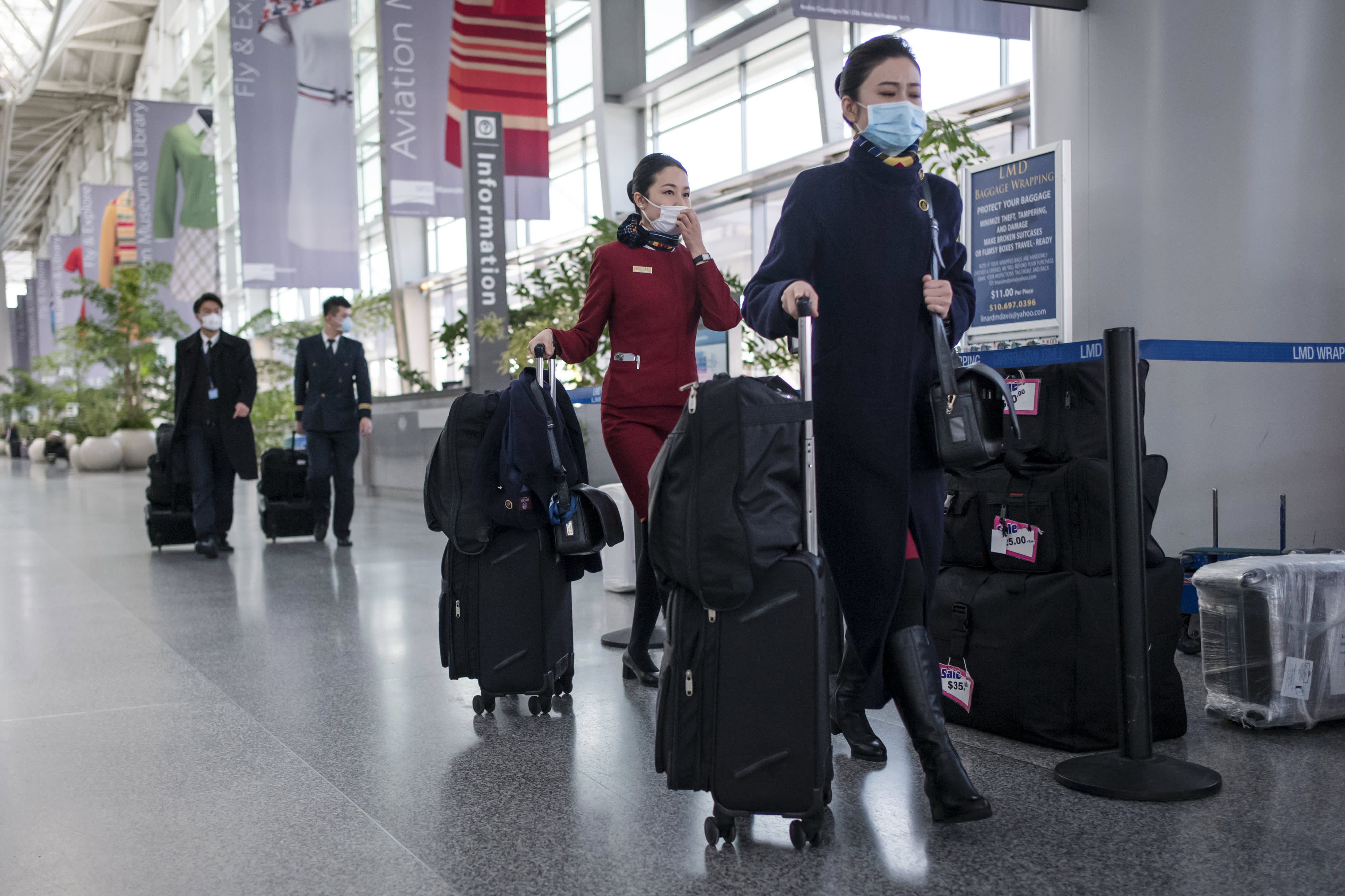Products You May Like
Not too long ago, the airline industry was preparing for a surge in passengers, with the International Air Transport Association (IATA) forecasting 8.2 billion air travelers in 2037.
But in April, air travel declined 98% from last year as countries closed their borders in efforts to stem the coronavirus pandemic.
“We think airlines are going to probably lose an unprecedented $84 billion in 2020,” Brian Pearce, chief economist for IATA, said in an interview with CNBC. “We’re really only just starting to see countries negotiating bilateral openings of markets. For example, the Trans-Tasman bubble between Australia and New Zealand, China and Singapore, as well as China and Korea.”
Still, Pearce said he expects a recovery in the second half of 2020.
Domestic vs. international travel
While international travel will likely remain volatile for now, countries like China, the U.S. and Indonesia have resumed domestic air travel.
“It will be enough to kickstart the airline industry in some countries,” Pearce said. “For many airlines, they do depend on international air travel.”
Government assistance key to saving airlines
Government aid will be important in ensuring the continuity of airlines, said Keith Mason, head of the Centre for Air Transport Management at Cranfield University.
“We’re going to see a consolidation in the market where airlines that are fully independent are struggling to survive, are going to go out of business,” he said in a CNBC interview.
Some airlines are already displaying significant disruption, including Flybe in the U.K., Virgin Australia and Trans States Airlines in the U.S.
Governments are increasingly offering financial assistance to keep ailing carriers afloat, including the U.S., Australia and Taiwan. IATA predicted that a total of $200 billion in global government support may be needed.
Impact on leisure and business travel
In the past, low-cost carriers increased demand in the leisure travel market, particularly in the Asia Pacific region. Emerging markets like China, India, Indonesia and Thailand were predicted to be among the largest air passenger markets over the next decade.
But the coronavirus pandemic’s financial impact may leave the world with a smaller airline industry. That, in turn, could drive up prices and weaken demand.
Furthermore, the profitability of business travel has deteriorated. Companies that used to depend on air travel to conduct business before the pandemic have found workarounds in video conferencing.
“It’s reasonable to assume that business travel may lose 1 in 5 trips,” Cranfield University’s Mason said.
A roadmap to recovery
As the industry begins to get back on its feet, IATA in partnership with the Airports Council International developed a roadmap recommending the best end-to-end practices for safely resuming flights. This includes contact tracing, the use of personal protective equipment and enabling contactless services at customs, among other measures.
As airlines and airports gear up to resume operations, air travel as we know it will evolve. The challenges underpinning the growth of air travel have only just begun.

